Sabja Plant, Sweet Basil, Ociumum basilicum Plant
Description
Description
If you want to grow the tastiest and the easiest herb in your garden, Sabja Plant is the ideal culinary herb. This aromatic plant has a spicy odor. Sweet Basil is sensitive to cold and thrives in a dry, hot climate. Sticky Wild Basil is a subshrub and usually grows from a woody base. The branchlets are 4-angles and give a fine velvety touch.
The plant bears flowers in whorls of 6 and is about 6 to 12 inches apart from each other.
Sweet Basil tastes like anise and has a strong, pungent, sweet smell, and the foliage size may vary from large lettuce-like leaves to very small leaves.
These plants are a great indoor plant and look elegant in containers and gardens. Sweet Basil reaches a maximum height of 18 feet and is really easy to grow and take care of.
Sweet Basil Special Features
- This plant is used as a culinary herb.
- The plant also looks elegant in gardens and containers.
- It is a low maintenance plant.
|
Common Name |
Sweet Basil Tulsi |
|
Utmost Height |
Upto 18 feet tall |
|
Flower Color |
Yellow to reddish |
|
Blossom Time |
Thrives in dry, hot climate |
|
Difficulty Level |
Easy |
Sweet Basil Uses
Ornamental Uses
- This plant can be used for ornamental purposes.
Medicinal Uses
- This plant helps to reduce body heat during the summer season.
- Sabja seeds help in weight loss.
- The seeds of the plant control blood sugar levels and are useful for diabetic people,
- Sabja has moderate laxative properties.
- The plant helps to fight skin diseases and rashes during summer.
·
|
Sunlight |
Direct full sunlight. |
|
Watering |
Average; Don’t overwater |
|
Soil |
Well drained soil |
|
Fertilizer |
Use any organic fertilizer. |
Planting and Care
- Sweet Basil thrives under direct full sunlight; ensure the plant gets 6-8 hours full sun.
- These plants thrives in moist and well-drained
- Remove the deadwood and take care of the thinning of the growing jackfruit tree.
- Make sure the roots of the plant are damp but not too wet.
- Water the soil immediately after using the fertilizer.
- Knock off the old soil from the plant root by removing all rotted and dead roots.
- Water the plants frequently in summer, reducing the frequency in winter and rainy season.
- In case of insect or pest attack, use Eucalyptus oil, Neem oil, or Citrus oil spray for the primary treatment.
Only logged in customers who have purchased this product may leave a review.

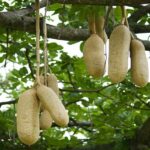

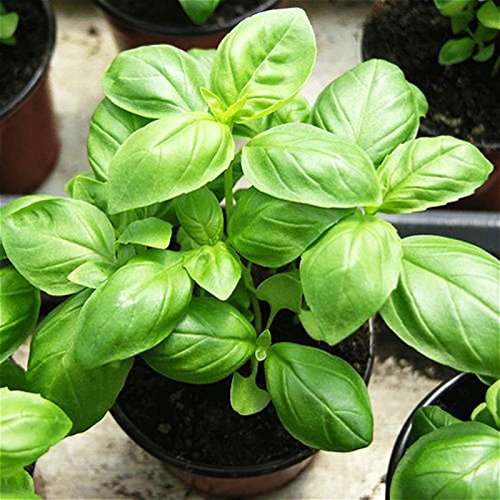
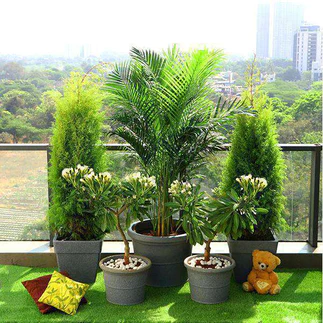
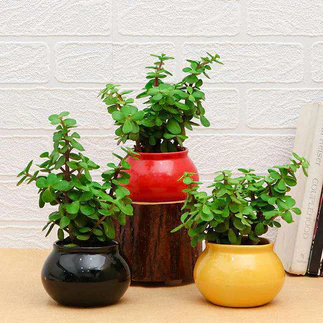
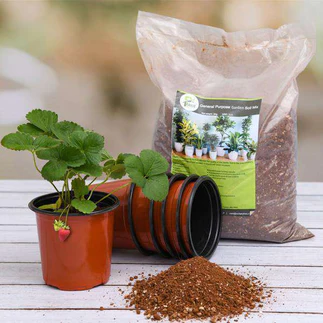
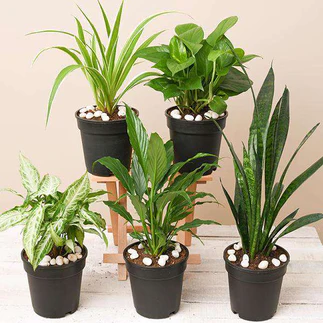
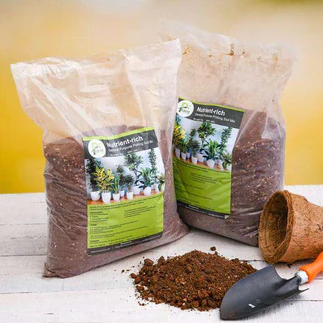
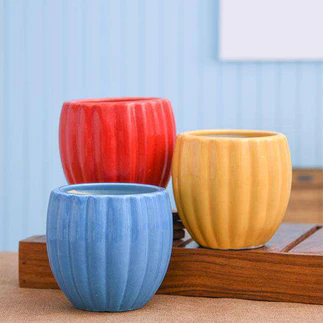
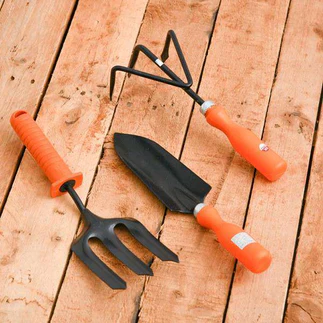
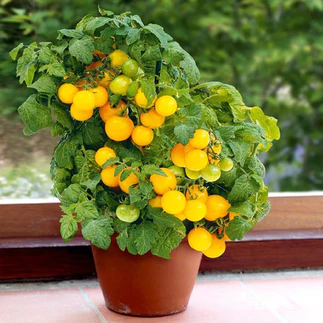
Reviews
There are no reviews yet.